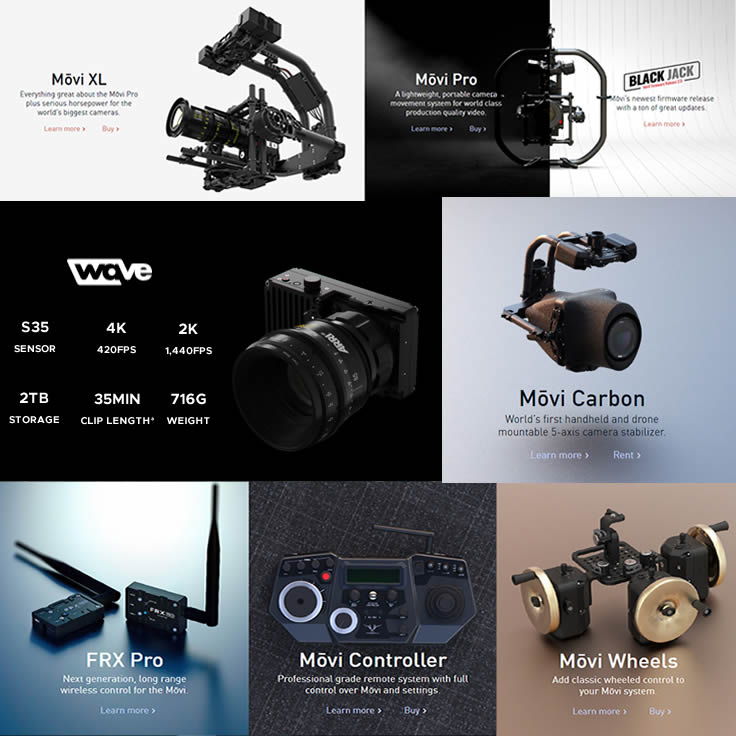
If it’s looking at the current cinema, it makes sense, but that merely confirms the convention and doesn’t answer the question of how we got here. I often hear that 2.35 “feels more cinematic.” The natural question to follow is: What is the cinematic reference? For example, if we’re looking at cinema as Sundance in 2004, 2.35 would look decidedly non-cinematic. The latter, in the world of personal digital consumption, results in less picture area on the screen. A significant difference to note in the two historical cycles is that the former involved actual expansions in the width of screen space and picture exhibited. Similarly, to distinguish themselves from the ubiquitous 1.78 of cyberspace, films may now be sending out this 2.35 signal. As television grew in popularity, films developed various widescreen formats, including the very wide CinemaScope format, to distinguish themselves from the home television experience. The original film format ratio was about 1.33, which mimics the field of view of human eyesight. If this is in fact a force in what is happening, what’s interesting is that it sounds like a repeated cycle of history.
#CINESCOPE CONTEST MOVIE#
In such an environment, the wider aspect ratio can be a differentiator, signalling: I am a movie and not just another video.

The staple of the citizen’s daily video diet is likely something close to 1.78.

Moving outside the perspective of Sundance programmers to the broader world of digital consumption, it’s not hard to see how 2.35 can be a signal in this world. The Skeleton Twins (2014 director: Craig Johnson director of photography: Reed Morano) Signals are never the main event, but they can prime the audience to receive the main event. It could be the case that the 2.35 aspect ratio serves as a kind of artistic signal. Actually, there may be something interesting in this response. So how did we get here, this state where not just some films, but a dominant majority, choose 2.35? Here’s a flip answer: Sundance programmers really like 2.35. I would like to set aside these two worthy subjects to instead address this narrower question: for independent film, how did 2.35 go from being an aspect ratio to being the aspect ratio, and what are the consequences for composition?

Second, there are also many solid reasons to employ the 2.35 aspect ratio, and a long list of triumphant realizations in this category. First, there is a lot of current filmmaking concerned with the question of aspect ratio, including a number of films that use rare, experimental, or multiple aspect ratios. To focus this conversation, I would like to acknowledge two things.

Kumiko, The Treasure Hunter (2014 director: David Zellner director of photography: Sean Porter) The ability to contextualize and relate subjects geometrically is a powerfully efficient tool for expressing immediate emotion and narrative, as well as broader social, political, and spiritual forces. Composition is not technology, and so its lack of novelty may inspire less conversation, but I think the choice of canvas dimensions is paramount. I don’t expect many people get excited about conversations on aspect ratio, but I believe that choosing the extremely wide 2.35 anamorphic perspective can have dramatic effects on a film that eclipse the preferred technical topics of camera, capture format, lenses, and sensors. We’re not talking about a transformation over a long stretch of film history, just very recent history. In 2014, 2 out of every 3 films in this section used this aspect ratio.) This is a dramatic change. (And this is not only a domestic phenomenon as the Sundance World Dramatic Competition has also seen the use of 2.35 shoot up over the years to the same level of dominance. So since 2004, every five years the proportion of films utilizing 2.35 has more than doubled to the point where it is now the dominant aspect ratio. What was this count like 5 years ago, or 10 years ago? In 2009: 5 out of 16 films. Last year, in 2014, of the 16 films in this section, 11 films used the 2.35 aspect ratio. I looked at the films selected for the Sundance U.S. Have you noticed? Just to check whether this recent surge in popularity was all in my imagination, I did a quick tabulation. I am talking about aspect ratios, specifically the newly crowned widescreen 2.35:1. Martha Marcy May Marlene (2011 director: Sean Durkin director of photography, Jody Lee Lipes)


 0 kommentar(er)
0 kommentar(er)
